Navigation
- Introduction
- Methods to Cultivate Tea Pets
- Taboos in Cultivating Tea Pets
- The Symbolism of Tea Pets
- In conclusion
Introduction
Tea pets are small, auspicious figurines often found on the tea trays of tea lovers, such as little elephants, turtles, toads, Pixiu (a mythical creature), and pigs. As the name suggests, tea pets are nurtured with tea. Those who enjoy drinking tea will carefully take care of their tea pets. When drinking tea, they pour or dab tea over the pets, and over time, with consistent care, the tea pet becomes smooth to the touch and may exude the fragrance of tea. A lively tea pet, if not properly maintained, will just be a dull piece of ceramics.
Moreover, some tea pets have high collectible value, especially those that are handmade, which can significantly increase in value over time. Some tea pets change color, and others may exhibit interesting phenomena when hot water is poured over them, such as blowing bubbles or spouting water. So, how is a "spirited" tea pet cultivated?
Methods to Cultivate Tea Pets
1. New tea pets can be cultivated using either artificial "fermentation" or natural "fermentation." Artificial fermentation involves placing the new pet in a tea canister, steeping it for 2-4 days according to personal preference, then taking it out, which quickly allows it to absorb water. Natural fermentation requires time to achieve the desired effect gradually;
2. During the cultivation process, only tea should be used to rinse the pet, not plain water, to ensure it feels warm and smooth to the touch;
3. For daily maintenance, it should be brushed daily and periodically polished with a tea cloth to maintain a certain level of gloss. It will be easy to see the pet "blowing bubbles" or "opening its eyes";
4. Choose a pet of a moderate size, as it also needs to function to absorb and retain water;
5. It's okay if the pet gets stained. If it's a dark color, soaking it in boiling Pu'er or black tea and then drying it can alleviate or solve the issue after several repeats. If it's a light color, try using green tea or floral tea;
6. Tea pets are not only cultivated with Pu'er tea, even though Pu'er tea easily yields results due to its quality;
7. Cultivating a tea pet requires diligence (meaning not just steeping but also playing with it. Playing involves regularly wiping it with a non-shedding soft cloth, rubbing it in your hands, and pouring hot tea over it).
Taboos in Cultivating Tea Pets
1. Many people cultivate tea pets by pouring leftover tea over them, but it's best to use hot tea for "showers" and regularly polish them with a tea cloth. With long-term nurturing, its color will slowly emerge, and its surface will develop a subtle and soft matte finish, known as "patina," considered a sign of a well-cultivated Yixing tea pet;
2. Do not soak. It's not good to always soak tea pets in leftover tea; it's better to gently brush them while drinking tea. Although soaking speeds up the process, the results are not as desirable, and it's easy for connoisseurs to tell. Tea pets also need to "breathe";
3. Do not switch teas. If possible, it's best to use the same type of tea to cultivate the tea pet to avoid the pet's color becoming impure due to contact with different types of tea.
The Symbolism of Tea Pets
Buffalo
Symbolizes great wisdom, kindness, gentleness, and living in harmony with the world.

Three-legged Toad
In mythology, there's a three-legged toad in the moon palace, hence the association with wealth and happiness.

Gourd
Symbolizes "fortune and rank" and a large family with many children.

Turtle
Known for its longevity, using a turtle as a tea pet signifies the wish for a long life. The word "turtle" also sounds like "return," symbolizing homecoming and happiness. Turtles also represent wealth, fortune, and the accumulation of wealth.
Pixiu
Pixiu is said to consume only gold and silver and has no anus, indicating wealth comes in but does not leave. Pixiu represents attracting and retaining wealth, and due to its fierce nature and strong protection for its owner, it's considered an auspicious object for attracting wealth and protecting the home, often collected in pairs.

Each tea pet has its unique symbolism, whether it's attracting wealth, symbolizing good fortune and health, cultural charm, or just being cute and amusing. The symbolism of tea pets also reflects the tea drinker's aspirations and beliefs. Caring for a tea pet, letting tea flow over it, allows tea drinkers to reflect, think, and ponder. Over time,the polished and smooth appearance of the tea pet, along with its shiny, lustrous surface, becomes a testament to the tea drinker's thoughts and care. Tea pets symbolize the beliefs of those who enjoy tea; as they pour tea over these pets, letting the tea glide over them, they indulge in contemplation and introspection. Over months and years of such engagement, the tea pet, nurtured to a warm, smooth finish with a glowing patina, marks the traces of the tea drinker's mindfulness and dedication.
In conclusion
In essence, tea pets are more than decorative objects on the tea tray; they are companions in the tea drinking ritual, absorbing the history of the tea sessions and embodying the spirit of the practice. As these pets mature alongside their owners, they become vibrant participants in the ceremony of tea, connecting the physical act of tea drinking with deeper, personal reflections and aspirations. Through the careful cultivation of tea pets, tea enthusiasts not only enhance their tea experience but also engage in a meaningful tradition that bridges the material with the spiritual, reflecting a journey of growth, patience, and appreciation.


